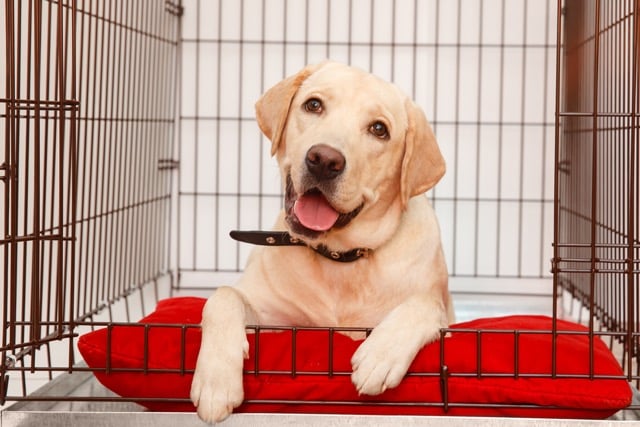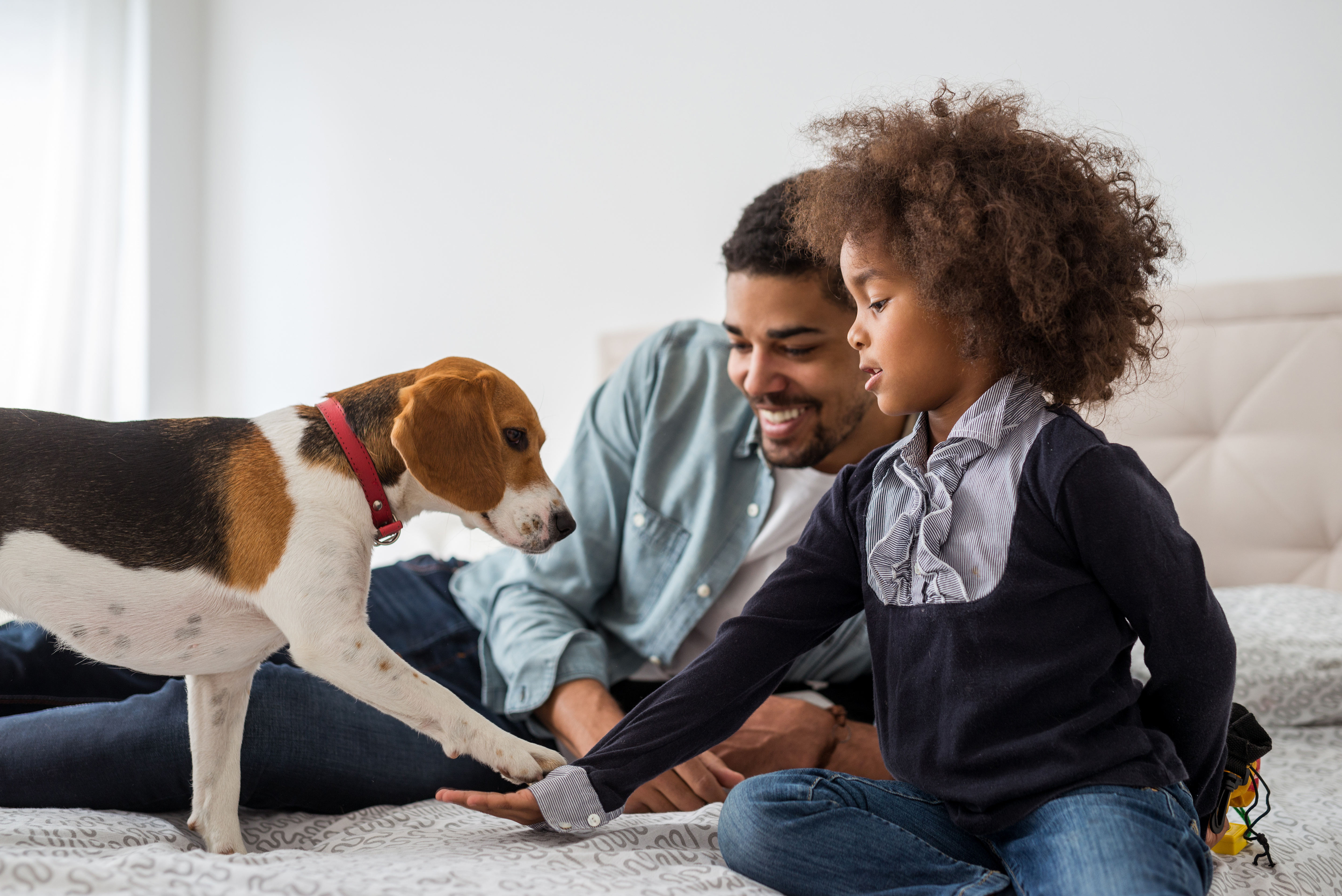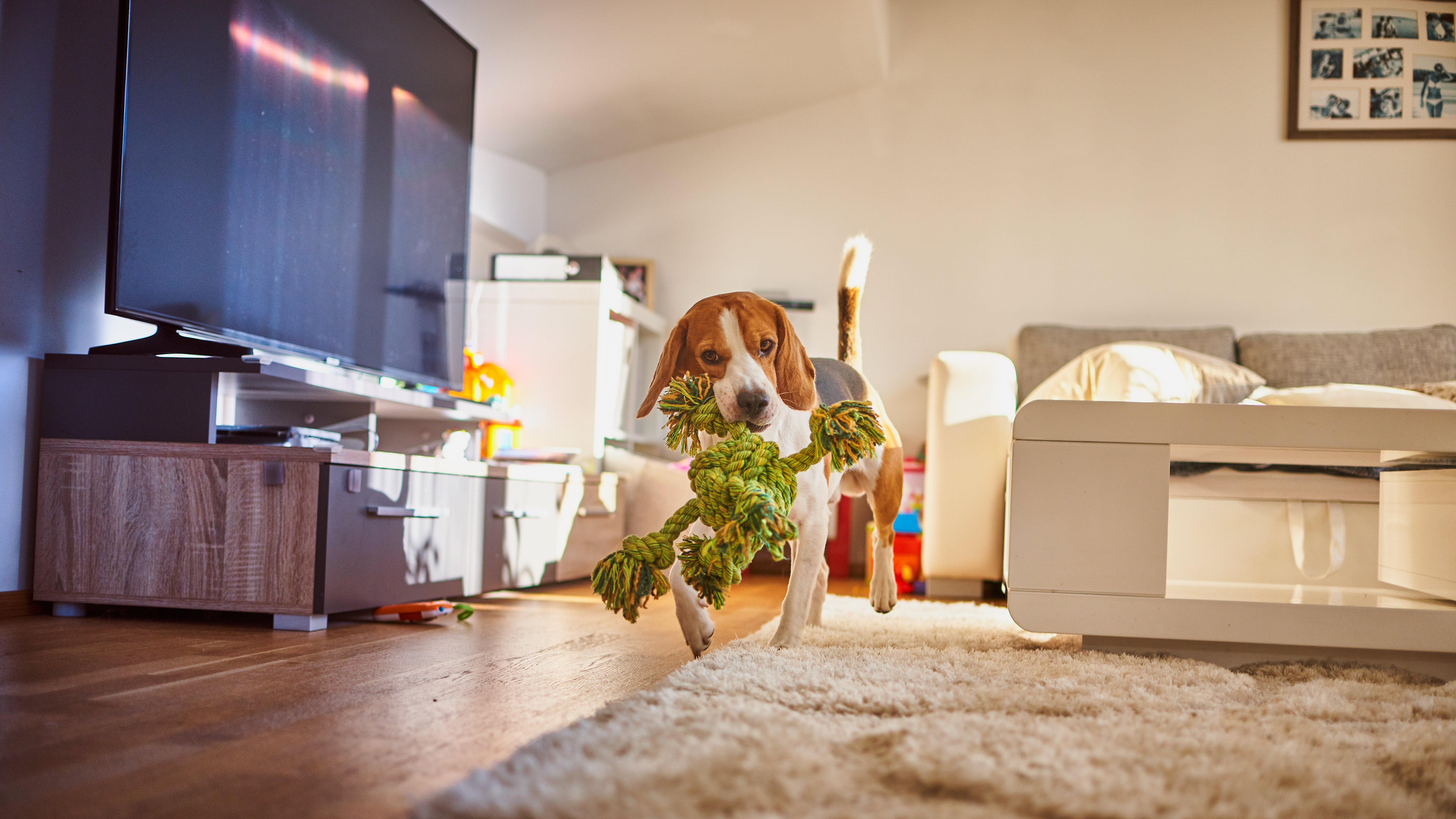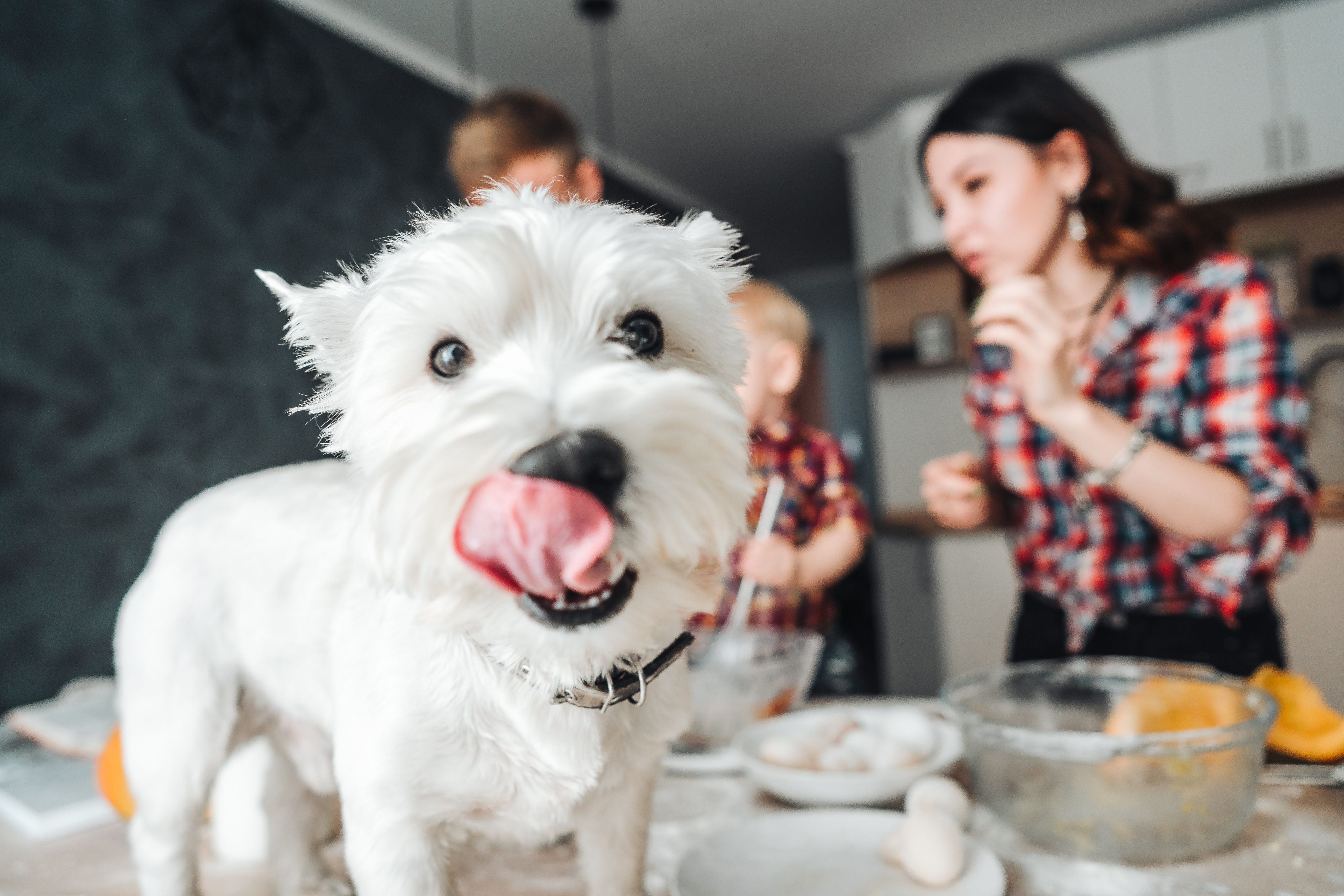How to Crate Train a Puppy
One of the first decisions you'll face as a new dog owner is whether or not you want to crate train your puppy. Crate training has a lot of advantages, but it's also a lot of work, and not everyone has the heart to follow through with it. The goal of this article is to help you understand why people crate train their puppies, how long it takes, and how to crate train the right way. We'll also look at when you should start the process and what to expect along the way.
- Is It a Good Idea to Crate Train Your Puppy?
- When to Start Crate Training Your Puppy
- How to Crate Train a Puppy
- Conclusion


Is It a Good Idea to Crate Train Your Puppy?
For years, crate training was the preferred method when it came to having young puppies in your house. However, not everyone is on board with the idea of crate training, and some even find it cruel or abusive. However, as long as you crate train your puppy the right way, it can build your relationship with them, acclimate them to your home, and even give them a safe space to go to. Here are some of the top reasons to crate train a puppy.
It ensures that a young puppy won't be roaming freely through your home while you're gone because they could ruin something in your house or hurt themselves.
- Crate training teaches your dog the important lesson that they don't always get everything they want.
- As with newborn babies, crate training teaches your dog how to deal with their emotions and self-soothe.
- In many cases, a puppy ends up loving their crate so much that it turns into their safe space, and they'll sit in their crate even when they don't have to.
- Because dogs don't like sitting in their poop or pee, crate training is an excellent potty-training tool.
When to Start Crate Training Your Puppy
The sooner you start crate training your puppy, the better. If you're buying a newborn puppy in most states, you're not allowed to take them away from their mother until they're eight weeks old. Until that age, puppies benefit from socializing with the rest of their litter and being close to their mother. However, as soon as you take them home at eight weeks old, crate training can begin.

How to Crate Train a Puppy
If you’ve decided that crate training is the way to go, here's what you need to know about the process.
-
Choose a Crate That's the Right Size for Your Dog
The first and most important step to humanely crate training your puppy is to buy a crate that's the right size for them. Your dog should never feel cramped or trapped in its crate but should have plenty of room to stand, lie down, and turn around. Remember, the crate isn't supposed to be a prison, so don't make it feel like one.
-
Introduce Them to the Crate Gradually
You also want to avoid shoving or forcing them into their crate because your dog will then associate the crate with punishment. Let them move in and out of the crate before you close the door and lock them in so that they can get familiar with it. Giving your dog time to willingly walk into their crate could take several hours or even days, depending on your dog's personality.
-
Feed Them in the Crate
You can also start feeding your dogs inside their crate so that they associate the crate with food and happy thoughts. However, you may not want to leave the house while they have food or water in the crate, as they could make a massive mess.
-
Ensure Your Dog is Comfortable in Their Crate
Remember, your dog's crate is supposed to feel more like a haven than a cage. Try putting their favorite toys, blankets, and other comforting materials into the crate with them. However, never leave anything in the crate that they can shred and potentially choke on.
-
Give Them Treats Every Time They Go Into the Crate
If food and toys aren’t doing the trick at getting your dog into their crate, try using treats as a reward. Do this by setting a treat into their crate to lure them in, then reward them with another treat once they willingly enter the crate.
-
Stay With Your Dog if Necessary
If your dog has anxiety, there’s a high possibility they’ll start barking when you close the crate door and start to leave. If necessary, stay near the crate and talk to your dog in a soothing tone until they calm down.
-
Start With Short Periods and Gradually Extend Them
For the first several days and weeks of crate training, don’t leave your dog in its crate for longer than an hour or two at a time. There’s a good chance they’ll need a potty break every couple of hours, and it will also acclimate them to the crate in short bursts.
-
Ease Into Longer Periods
Once you’re satisfied that your puppy is doing well with their crate, you can leave them for longer periods. However, no matter how well your puppy does in their crate, you should never leave them for more than four or five hours at the most until they’re at least six months old. Their bladders simply aren’t strong enough to hold pee for that long and your potty training efforts will take a hit if they start to urinate in their crate.
-
Be Patient and Flexible
Two of the most important traits you’ll have to learn when it comes to crate training are patience and flexibility. It could take up to six months before your puppy is properly crate trained and doesn’t feel anxious or make messes in their crate. You might also have to change tactics if your initial crate training plan isn’t working.

Conclusion
While crate training takes time and effort on your part, you and your puppy can benefit from it. Throughout the process, it’s imperative that you remember that your dog's crate isn’t their prison and you should never treat it as such. Don’t force them into the crate if they’re obviously scared and anxious about it, and never leave them alone if you think they pose a danger to themselves.
It’s also important for you to realize that your puppy might not like their crate initially. They will want to be by you and feel free to roam wherever they wish, which means they won’t like the idea of being penned up. However, just as children need to learn how to self-soothe, your puppy also needs to learn that their crate is actually a good thing and that you’re not putting them inside as a punishment. When you crate train your puppy the right way, they’ll learn to love both you and their crate and both of your lives will be better for it.





